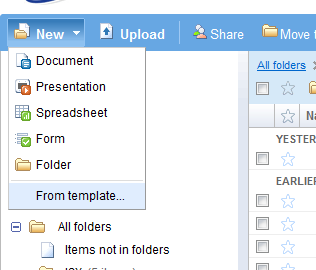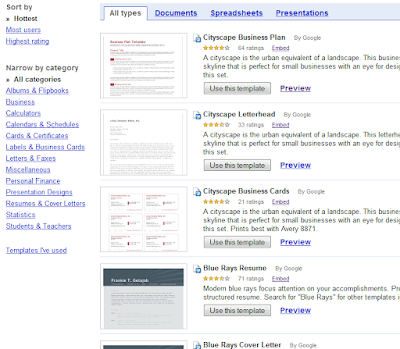[Happy New Year y'all! Thanks to the power of Blogger's post schedule ability, I'm able to queue up this article before the holiday has started. Today's guest post is brought to you buy Mike Michalowicz, who's new book The Toilet Paper Entrepreneur will be available for purchase tomorrow. Want to provide a guest post? Just ask.]
Congratulations! Your company has officially turned a profit! What? You didn’t get the memo? You thought your business was months, years away from the blessed black? Whoa! You must be thrilled to get this news. You must feel like doing a little happy dance, maybe even hopping down to the corner store for a celebratory six-pack.
Hold on, bucko. You’ve got two teeny, tiny, no-big-deal steps to take before you can count your chickens, err, cash. It will take all of five minutes, I promise. And then you can call your Mom.
- First, open an interest-bearing escrow account online, one that even the entire Ocean’s Eleven team can’t access. You’ve got to guard those pennies from that thief in your office – YOU.
- Next, transfer 5% of your last deposit into the account. That’s it. You’re done. (Until your next deposit, that is.)
Yeah!!! Tell all your Facebook friends, write your hometown newspaper, and stop total strangers on the street. Your business just officially turned a profit! And will do it CONSISTENTLY!
The simple truth about cultivating a profitable business is you already have a profitable business, you’re just putting the profit back in the pool to be spent on new desk chairs and late night pizza runs. You’ve got to take that profit FIRST and put it where the sun don’t shine – or in the bank. Whatever you prefer.
This system, what I refer to as the Profit First Account (PFA), allows you to make a profit off of every sale. Not bad. Not bad at all. I know, I know, you’re wondering how the heck you’re supposed to run your business when you’re skimming 5% off the top? Easy. You adjust.
Five percent is doable. After a few weeks, you won’t even notice. You will adjust your spending, planning, and even your thinking to accommodate the swelling profits in your PFA. You’ll forget about the things you thought you needed and make do with what you have. (Come on, do you really need all of those paper clips? Join Office Depot Anonymous and get on with your life!)
Better yet, you will come up with scathingly brilliant ideas about how to best use the remaining 95% of your inbound revenue. In fact, you may actually come up with a remarkable innovation, one that could, say, catapult your business into the stratosphere of success. Imagine that.
The cherry on top of the PFA? Every quarter you get to take some of the money out and distribute it – TO YOURSELF. Eventually you’ll increase your percentage, transferring 10%-20% of each deposit into your PFA (at my company, we take 20% of every deposit). Whoa! Now you’re turning a massive profit for every single sale, building a multi-million dollar business one deposit at a time. Nice.
So, are you ready to party? Or you do you need to wait a minute for that transfer to go through?
Congrats!
- Mike






















